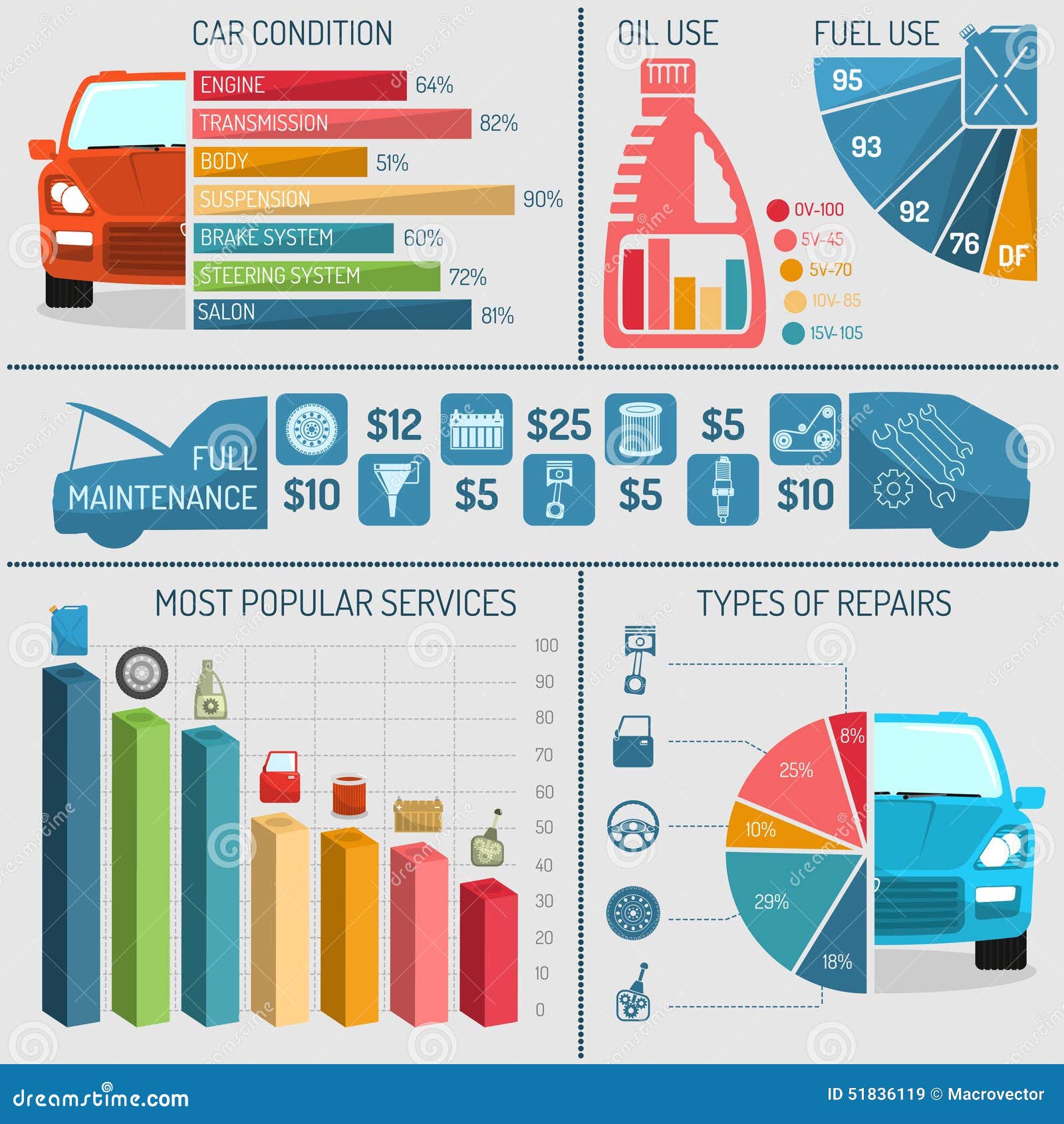When you're behind the wheel, those glowing caution lights on your control panel can be a bit perplexing. Do you recognize what they're trying to tell you regarding your vehicle's health? Understanding the relevance of these lights is essential for your security and the durability of your lorry. So, the next time one of those lights pops up, would not you intend to analyze its message properly and take the essential steps to address it?
Common Caution Lights and Interpretations
Recognize usual warning lights in your auto and understand their meanings to make certain secure driving.
The most typical caution lights consist of the check engine light, which signals issues with the engine or discharges system. If this light begins, it's important to have your vehicle checked without delay.
The oil pressure advising light shows reduced oil pressure, requiring prompt focus to avoid engine damages.
A flashing battery light may suggest a malfunctioning charging system, possibly leaving you stranded if not attended to.
The tire stress monitoring system (TPMS) light notifies you to low tire pressure, impacting automobile security and fuel performance. Overlooking this can bring about risky driving problems.
The abdominal muscle light shows a trouble with the anti-lock stopping system, jeopardizing your capacity to stop quickly in emergencies.
Finally, the coolant temperature level warning light warns of engine overheating, which can result in extreme damages if not settled quickly.
Comprehending these typical caution lights will certainly help you address problems promptly and keep safe driving problems.
Value of Prompt Focus
Comprehending the typical warning lights in your cars and truck is only the very first step; the importance of without delay dealing with these cautions can't be highlighted sufficient to ensure your safety when driving.
When a caution light illuminates on your dashboard, it's your auto's means of communicating a prospective issue that needs interest. Neglecting these warnings can result in much more extreme troubles down the road, endangering your safety and potentially costing you extra in repairs.
Motivate attention to alerting lights can protect against malfunctions and crashes. As an example, a blinking check engine light might suggest a misfire that, if left ignored, might create damage to the catalytic converter. Resolving mouse click the following web page can save you from a pricey repair service.
In Recommended Internet page , a brake system alerting light could indicate low brake liquid or used brake pads, critical parts for your safety when driving.
DIY Troubleshooting Tips
If you observe a caution light on your control panel, there are a couple of DIY troubleshooting suggestions you can try prior to seeking specialist aid.
The first step is to consult your car's manual to comprehend what the particular caution light suggests. Sometimes the concern can be as straightforward as a loose gas cap causing the check engine light. Tightening up Read Far more may fix the issue.
An additional typical concern is a low battery, which can trigger various cautioning lights. Checking the battery links for deterioration and guaranteeing they're safe and secure may take care of the trouble.
If a caution light persists, you can attempt resetting it by detaching the vehicle's battery for a couple of mins and then reconnecting it. Furthermore, inspecting your car's liquid degrees, such as oil, coolant, and brake liquid, can assist troubleshoot cautioning lights related to these systems.
Final thought
To conclude, understanding your cars and truck's caution lights is vital for maintaining your lorry running smoothly and securely. By promptly resolving these informs and recognizing what they indicate, you can avoid expensive repair services and possible failures.
Bear in mind to consult your auto's guidebook for specific information on each alerting light and take action appropriately to make certain a trouble-free driving experience.
Remain informed, remain secure on the road!
